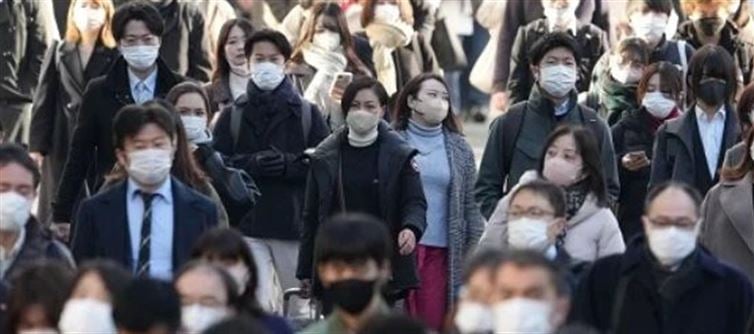
Just as the world struggles to leave COVID-19 behind, a new health crisis is unfolding in Japan. Over 4,000 people have already been hospitalized, hundreds of schools have been closed, and hospitals in Okinawa, tokyo, and Kagoshima are overwhelmed. The culprit? A sudden surge of seasonal influenza, arriving weeks earlier than usual. Scientists warn that this early outbreak could be a glimpse of how diseases will behave in a post-pandemic, highly globalized world.
💣 1️⃣ The Numbers That Shock
Japan’s Ministry of health confirmed an epidemic after 4,030 influenza patients were treated at designated medical institutions in the week starting september 22 — a 957-case increase from the previous week. This is only the second time in 20 years that a seasonal change has triggered such an early outbreak. With hospitals reporting more than 1 patient per facility on average, the healthcare system is being tested months before the typical flu season begins.
💣 2️⃣ Okinawa, tokyo, and Kagoshima in Crisis
While cases have been reported nationwide, Okinawa Prefecture has seen the highest patient numbers per hospital, with tokyo and Kagoshima following closely. Schools, kindergartens, and childcare centers are closing at unprecedented rates — 135 closures in one week, three times last year’s count. Children are spreading the virus rapidly, making the youngest in society the most vulnerable this early in the season.
💣 3️⃣ Early Flu Season — A Dangerous Trend
Typically, Japan’s flu season runs from december to March, peaking just before New Year’s. But this year, the epidemic arrived in September, months ahead of schedule. professor Yoko Tsukamoto from the health Sciences university of Hokkaido warns,
“The flu season has started really early this year, but in the changing global environment, this might become a more common scenario.”
Early outbreaks mean that hospitals and public health systems must respond before they are fully prepared, putting extra pressure on medical infrastructure.
💣 4️⃣ Globalization and Virus Movement
Experts attribute the surge to multiple factors, including the resumption of international tourism post-COVID, which has drastically increased human mobility and, consequently, virus transmission. With millions traveling across borders every week, even seasonal influenza now has the potential to spread faster and further than ever before.
💣 5️⃣ Protecting the Vulnerable
Japan’s Ministry of health urges handwashing, mask-wearing, and caution in crowded places. Vaccination is recommended for young children, the elderly, and those with pre-existing health conditions. But as the virus spreads earlier than usual, preventive measures need urgency, vigilance, and public cooperation — or the health system could face a tidal wave of cases before the official flu season even begins.
⚔️ FINAL PUNCHLINE
The post-COVID world may be more vulnerable than we imagined. Early, intense flu outbreaks like Japan’s warn us that disease patterns are changing, borders are no barrier, and health crises can strike when least expected. While we celebrated recovery, influenza is quietly reminding us: global vigilance is still the price of survival.




 click and follow Indiaherald WhatsApp channel
click and follow Indiaherald WhatsApp channel